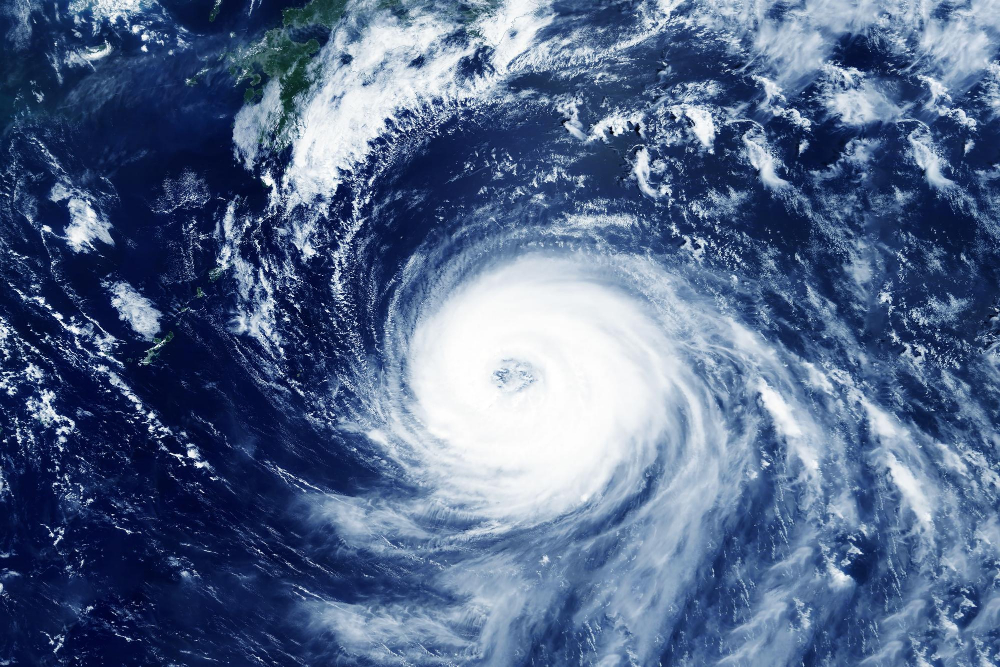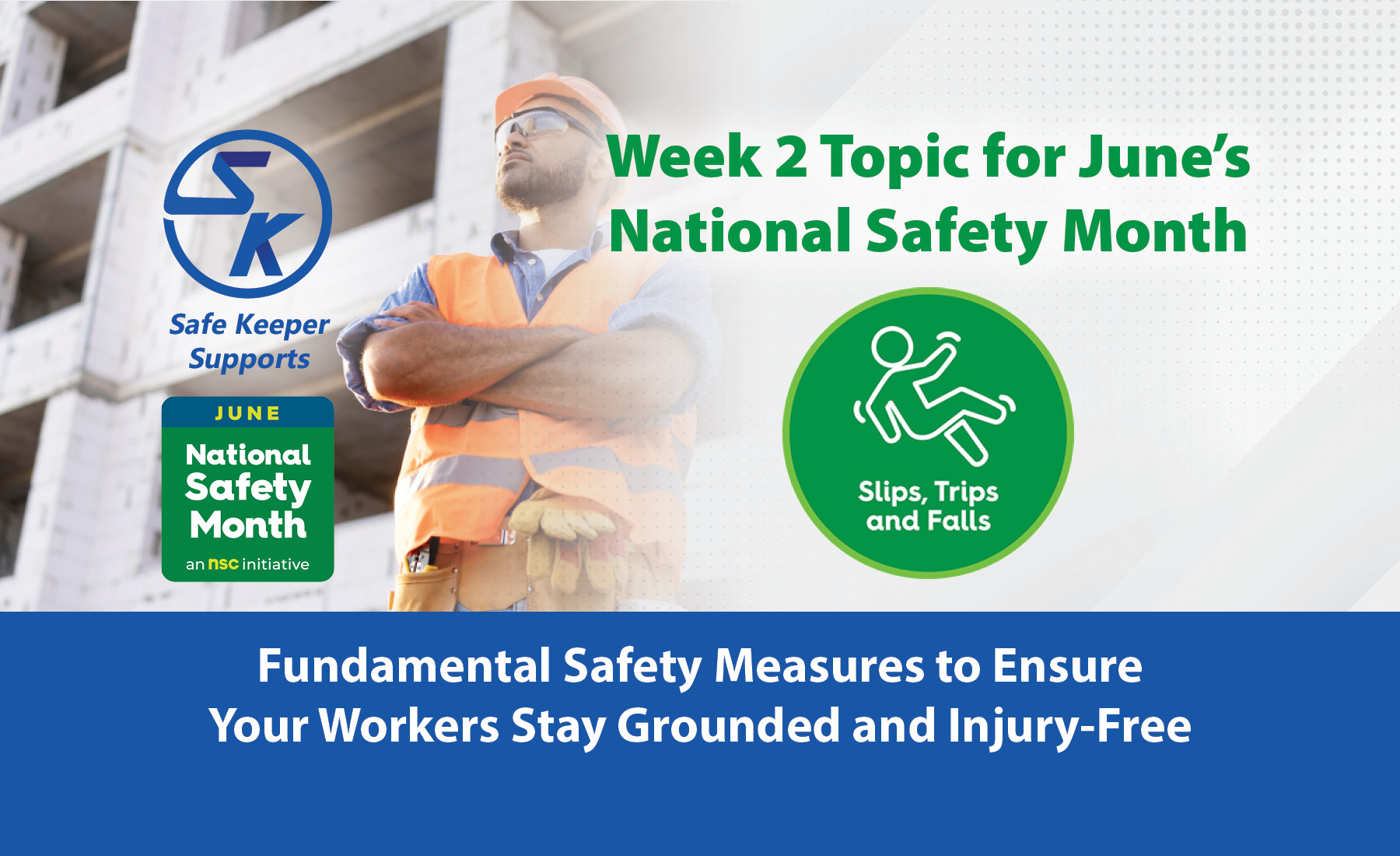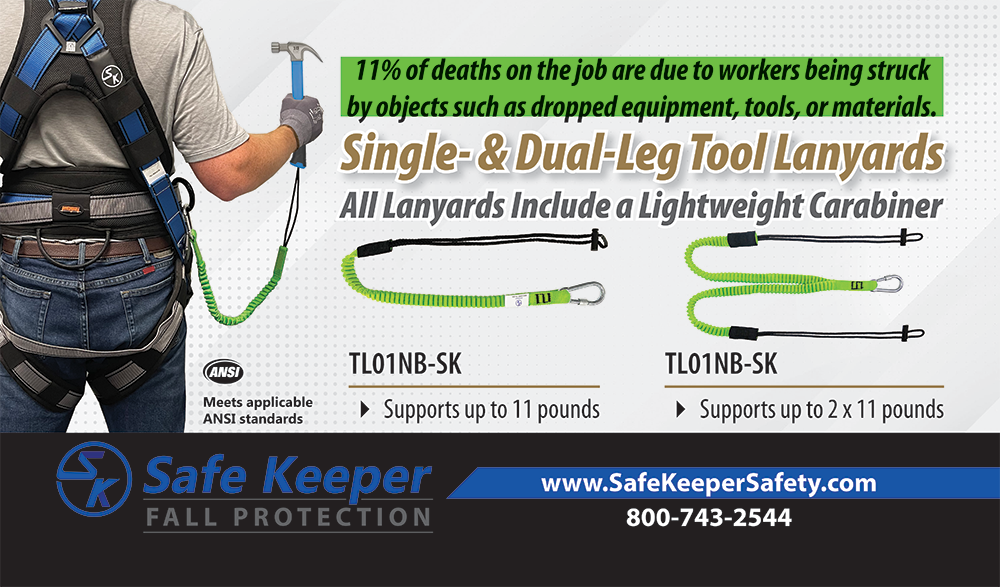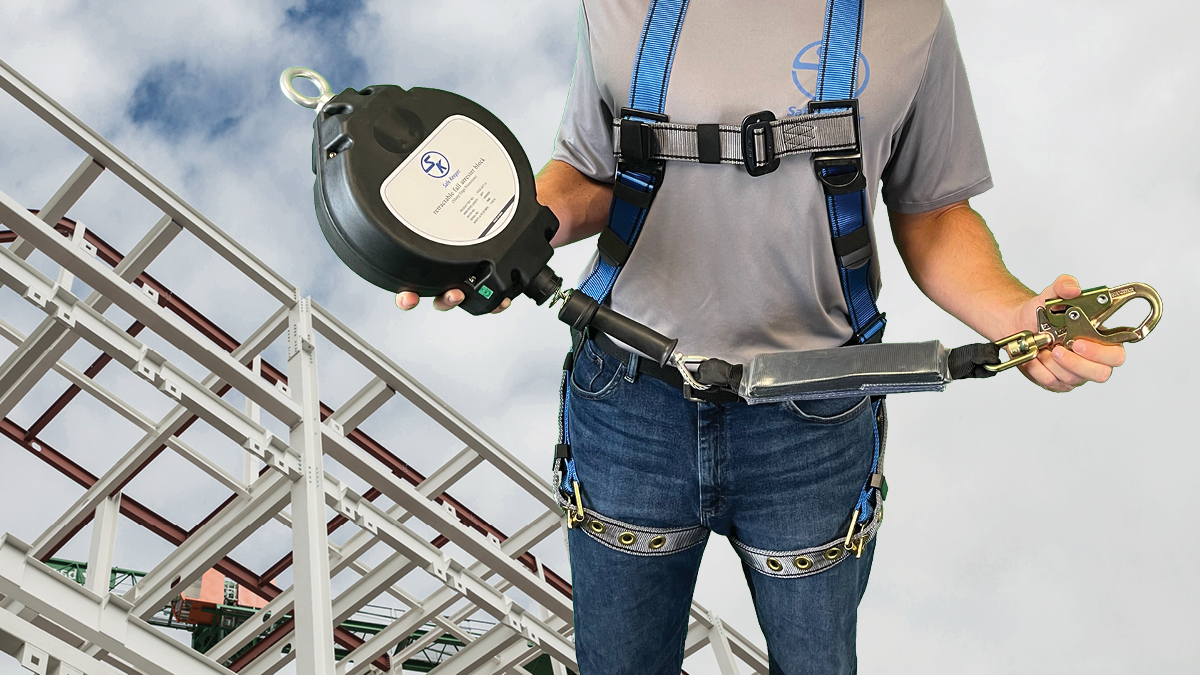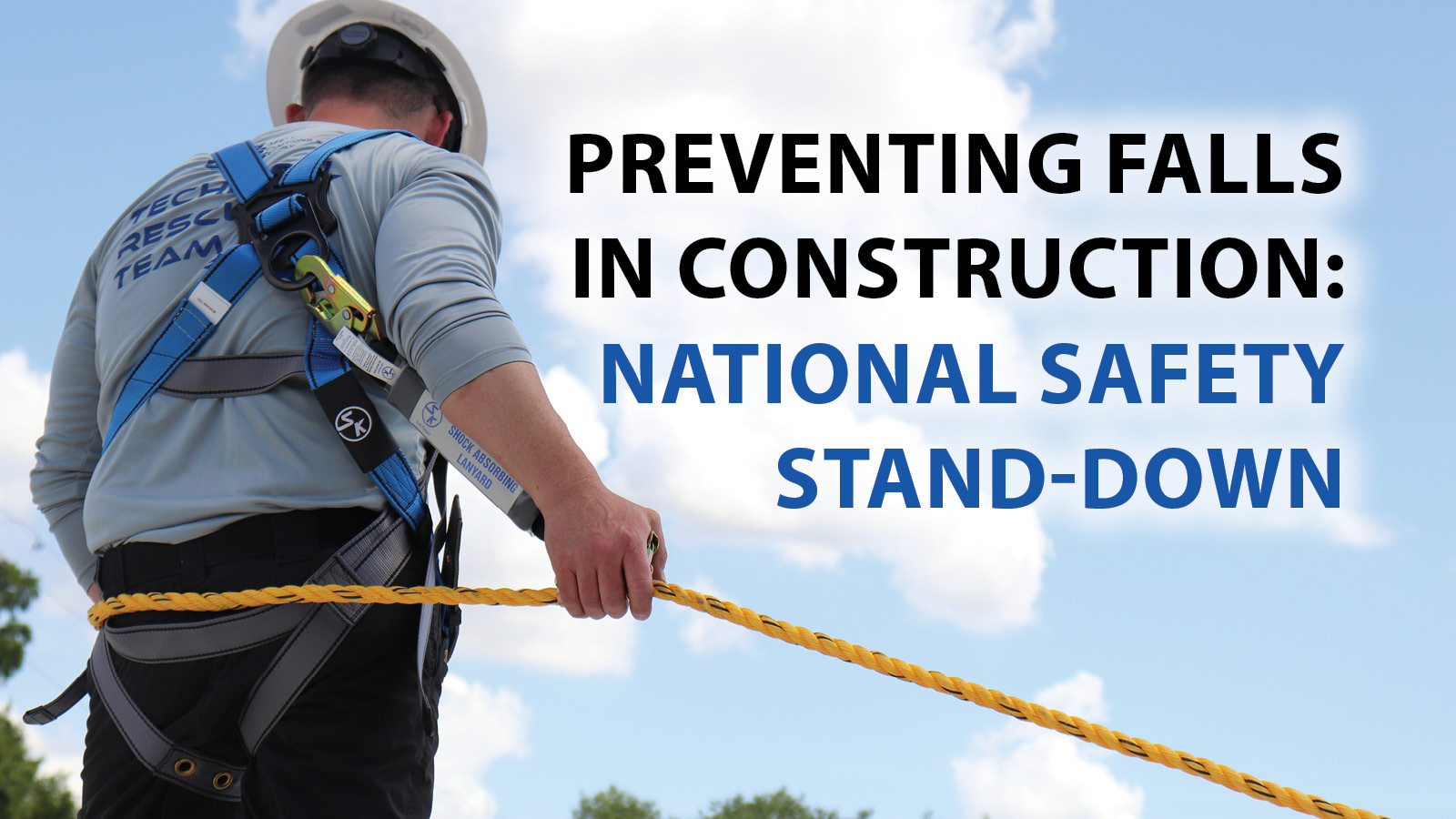Rescuing people and restoring power and property after a natural disaster is daunting. First responders are tasked with going into dangerous and unstable situations. One of the most hazardous aspects of the job is working from heights. Whether clearing debris from roofs or rescuing people from upper floors, they are putting themselves at risk. Here are some of the dangers rescue teams face when working from heights after a hurricane:
- Unstable structures: Many buildings are damaged or destroyed after a hurricane, making working on or near them very dangerous. The last thing you want is for the structure you are working on to collapse while you are on it.
- Falling objects and debris: A lot of debris is often left behind after a hurricane and can include things like tree branches, pieces of buildings, and even sharp objects like nails or glass. If you are not careful, this debris can cause serious injuries.
- Wet conditions: Wet conditions make it very difficult to stay safe when working from heights. Slippery surfaces can lead to falls, and standing water can conduct electricity when working near power lines.
Working from heights is dangerous but necessary following a hurricane. The best way to stay safe for those needing to assist with relief efforts or help to restore property damaged by a storm surge is to:
- Inspect the area before starting work: Before you start work, take some time to inspect the area for potential hazards, including things like unstable structures, debris, and wet conditions. If the site is too dangerous to work in, do not start work until it has been made safe. Inspecting your area before beginning work ensures you know what dangers might be present and how they can affect each task.
- Use proper safety equipment: Always make sure that you are using appropriate equipment when working at elevated positions, including fall protection equipment such as harnesses, lanyards or lifelines, ladders, and scaffolding. Do not attempt to work from heights without proper safety equipment.
- Take your time: When working from heights after a hurricane, take your time and focus on safety first to help avoid accidents that can result in severe injury or death! Rushing jobs to get them done quickly is more likely to end in an accident than projects that proceed at a reasonable pace.
Conclusion
After a hurricane, it is crucial to be aware of your surroundings and take precautions when working at heights. Wind can cause structures to collapse, so it is vital to be mindful of potential hazards. Elevated vantage points can help assess the damage and direct relief efforts, but it is essential to do so under supervision and with fall protection in place. Fall protection is vital for preventing injuries in the event of a fall, and it is essential to be familiar with the equipment and procedures before working at heights. By taking these precautions, you can help ensure your safety and the safety of those around you.
